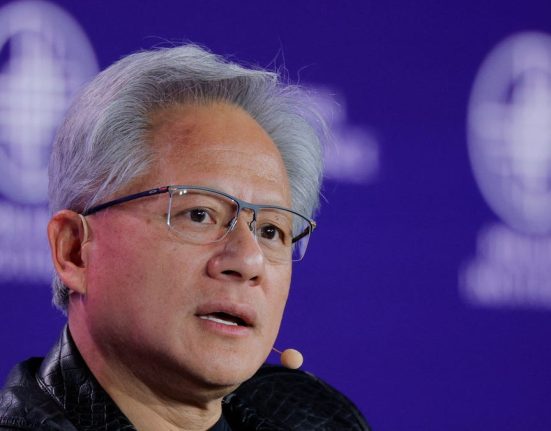-
Significant control over TeamViewer by retail investors implies that the general public has more power to influence management and governance-related decisions
-
The top 22 shareholders own 50% of the company
Invest in Gold
Every investor in TeamViewer SE (ETR:TMV) should be aware of the most powerful shareholder groups. With 43% stake, retail investors possess the maximum shares in the company. That is, the group stands to benefit the most if the stock rises (or lose the most if there is a downturn).
Meanwhile, institutions make up 41% of the company’s shareholders. Generally speaking, as a company grows, institutions will increase their ownership. Conversely, insiders often decrease their ownership over time.
Let’s delve deeper into each type of owner of TeamViewer, beginning with the chart below.
See our latest analysis for TeamViewer
Institutions typically measure themselves against a benchmark when reporting to their own investors, so they often become more enthusiastic about a stock once it’s included in a major index. We would expect most companies to have some institutions on the register, especially if they are growing.
TeamViewer already has institutions on the share registry. Indeed, they own a respectable stake in the company. This suggests some credibility amongst professional investors. But we can’t rely on that fact alone since institutions make bad investments sometimes, just like everyone does. It is not uncommon to see a big share price drop if two large institutional investors try to sell out of a stock at the same time. So it is worth checking the past earnings trajectory of TeamViewer, (below). Of course, keep in mind that there are other factors to consider, too.
TeamViewer is not owned by hedge funds. Looking at our data, we can see that the largest shareholder is Tigerluxone S.à R.L. with 15% of shares outstanding. For context, the second largest shareholder holds about 5.3% of the shares outstanding, followed by an ownership of 3.5% by the third-largest shareholder.
A closer look at our ownership figures suggests that the top 22 shareholders have a combined ownership of 50% implying that no single shareholder has a majority.
Researching institutional ownership is a good way to gauge and filter a stock’s expected performance. The same can be achieved by studying analyst sentiments. Quite a few analysts cover the stock, so you could look into forecast growth quite easily.







